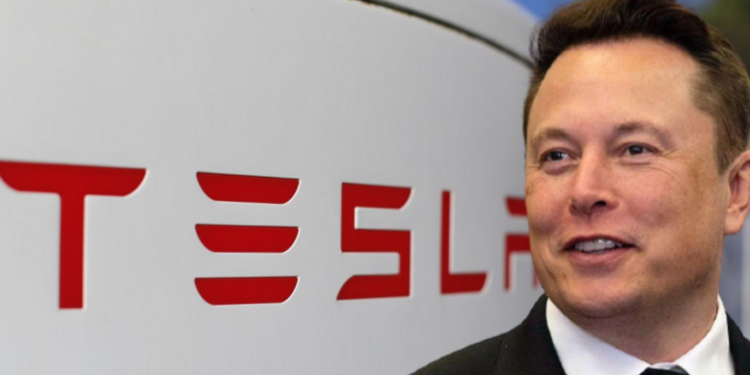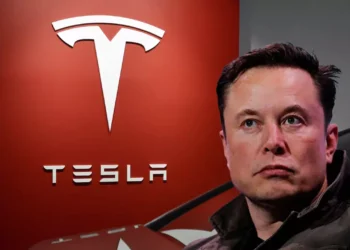Tesla Inc. is set to enact significant job cuts, affecting more than 6,000 employees across its operations in Texas and California, aligning with CEO Elon Musk’s directive to reduce the global workforce by over 10%.
According to a report by Bloomberg, the cuts will impact 2,688 workers in Austin, Tesla’s headquarters city and a crucial site housing a major factory. Based on a WARN notice filed with the Texas Workforce Commission, these reductions will commence over a 14-day period starting June 14.
Concurrently, Tesla plans to lay off 3,332 employees across various locations in California, as indicated by separate WARN notices filed in the state.
What you should know
Before the implementation of these layoffs, Tesla had boasted a workforce of over 140,000 globally. However, the company’s recent announcement of layoffs exceeding 10% suggests that the actual number of affected individuals may surpass 20,000, according to insiders familiar with the situation.
At the close of last year, Tesla employed more than 22,000 individuals in Austin alone. The production facility in Austin primarily focuses on manufacturing the Model Y and Cybertruck, though of the specific breakdown of impacted roles, including factory positions, remains unclear.
Despite these workforce reductions, Tesla’s shares saw a 2% increase in New York trading at 3:18 p.m. However, the stock’s performance throughout the year has been less favorable, with a 42% decline marking it as the worst-performing stock in the S&P 500 Index.
The move to cut jobs comes amidst a broader context of transformation and challenges within Tesla. As the company navigates its shift towards Elon Musk’s vision of a robotaxi future, internal reorganization and strategic realignment are underway, reflecting Tesla’s ongoing evolution in the automotive industry landscape.
Recommended reading: Elon Musk’s fortune threatened as Court Blocks $55 Billion
More insight
Tesla’s decision to reduce its workforce is not an isolated occurrence in the corporate landscape. In a trend mirrored by other industry giants, several companies have recently announced plans for significant job cuts.
Sports brand Nike, for instance, disclosed intentions to terminate approximately 700 employees’ jobs, as reported by Nairametrics. Similarly, Amazon Web Services (AWS), the cloud computing division of Amazon, unveiled plans to slash hundreds of jobs as part of broader cost-saving initiatives.
Joining this wave of downsizing efforts, Alphabet, the parent company of Google, declared its intention to reduce its workforce by 12,000 employees globally, constituting 6% of its total employee base. Concurrently, Microsoft also announced its plans to lay off 10,000 workers within the same timeframe.
These announcements point to a broader trend within the corporate sector, as companies navigate evolving market dynamics and seek to streamline operations in response to various challenges and strategic imperatives.


















